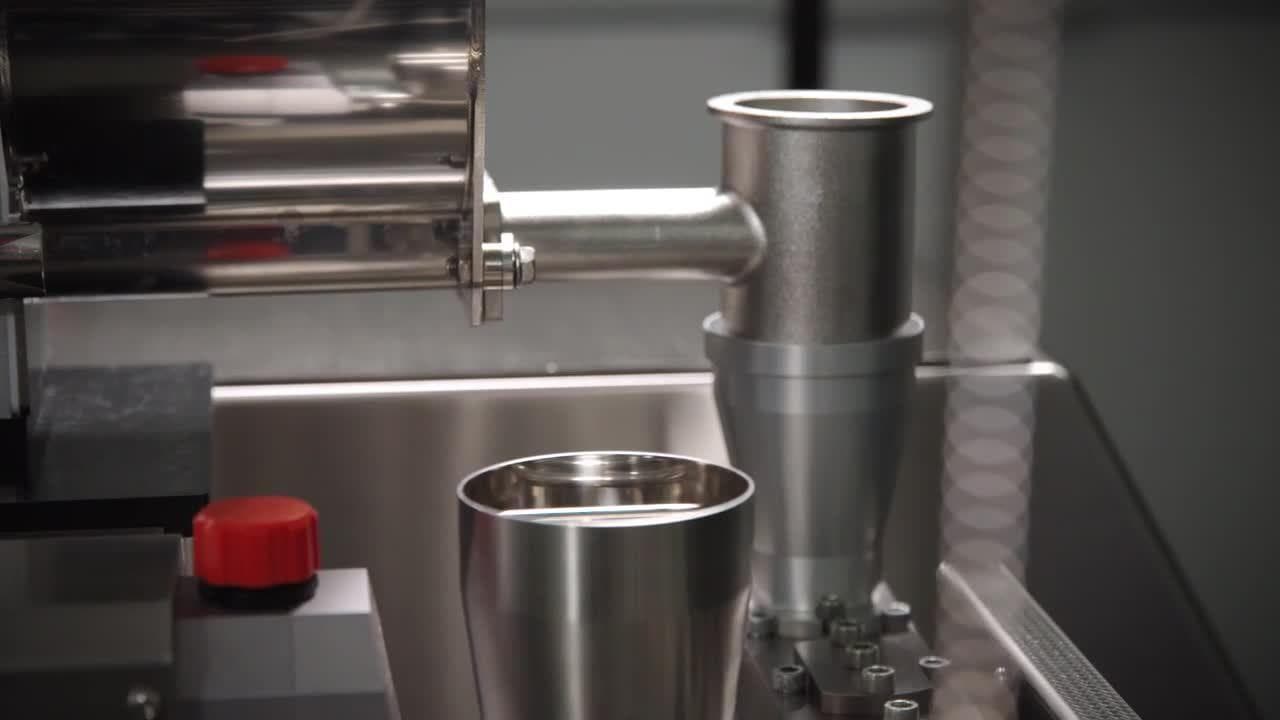Search

共混和挤出设备
用于新材料开发的双螺杆挤出机
双螺杆挤出机是可用于密炼、共混和加工材料的成熟工具。它们可用于多种聚合物、药品、电池和食品应用,采用连续工艺快速开发和生产高质量产品。双螺杆挤出机采用模块化设计,可提供实现您目标所需的工艺设计灵活性。有多种可定制选项供选择,以满足研发、生产和质量控制方面严苛且不断变化的需求。
共混和挤出设备功能
For Research Use Only. Not for use in diagnostic procedures.
